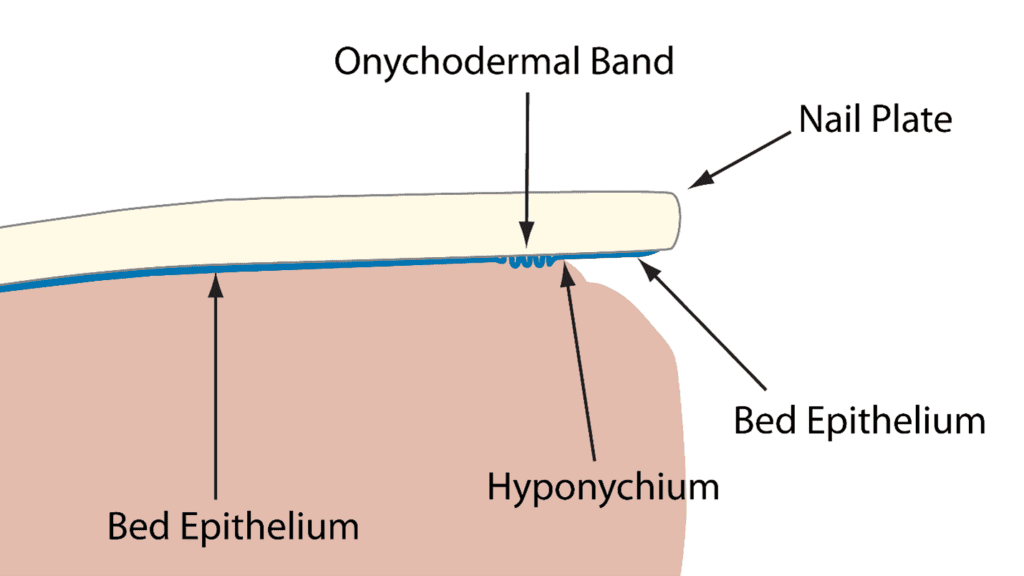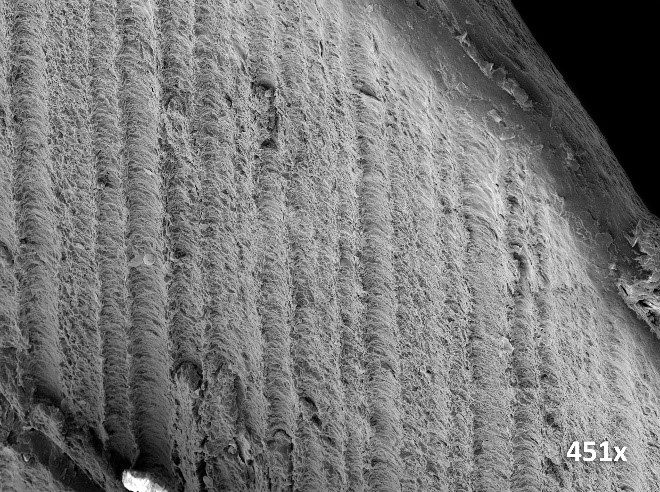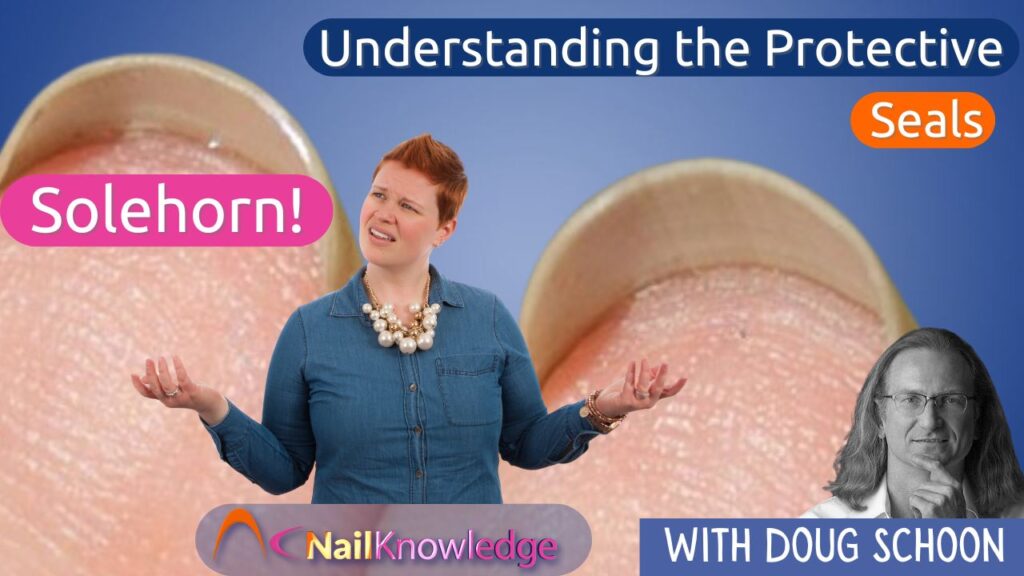We are constantly asked about the various protective features of the nail bed, particularly the roles of the hyponychium and the onychodermal band. Many wonder why there are two types of seals and how they differ from the solehorn.
Esta confusión suele deberse a la falta de claridad de las ilustraciones y explicaciones.
En este artículo pretendemos aclarar estos conceptos explorando las intrincadas estructuras y funciones de estas capas protectoras. Comprender las hiponiquioEl estudio de los factores que contribuyen a la salud y la protección del lecho ungueal, la banda onicodérmica y el cuerno del pie, a menudo incomprendido, proporcionará una visión más clara de su contribución a la salud y la protección general del lecho ungueal.
Aclarar el papel del epitelio del lecho ungueal

Many don’t understand, but this paper-thin layer of tissue helps to guide the nail plate as it grows. Interestingly, the bed epithelium adheres only to the underside of the nail plate and not to the nail bed itself. This allows the plate to glide smoothly across the nail bed allowing it to eventually reach the free edge and beyond.
As the nail plate moves, the bed epithelium continues to tightly adhere to the underside of the nail plate, even as it moves past the finger and can be seen on the underside of the nail, still firmly attached. This tissue is usually removed during a manicure when cleaning up under the free edge. The tightly adhered tissue on the underside of the nail plate is still the “bed epithelium”, but some feel a need to give it a new name and they call it “solehorn”.
Reevaluating the Term “Solehorn”: Why Proper Naming Matters
I don’t agree that this old-fashioned name should be used. Why?
Este término existía antes de que se comprendiera correctamente el verdadero origen de este tejido. El cuerno de la suela no surge de la nada ni procede del hiponiquio, así que ¿por qué habría que darle un nombre diferente? Sigue siendo tejido epitelial del lecho y debe llamarse por su nombre.

Comprender la banda onicodérmica: Un efecto visual del epitelio del lecho
The onychodermal band is NOT another kind of tissue even though it does form a distinct region. The onychodermal band is also created by the bed epithelium. How? As the bed epithelium moves with the nail plate, it must somehow squeeze past the hyponychium, which is the seal under the free edge that prevents pathogens from infecting the nail bed. It’s a tight squeeze getting past this seal, but the bed epithelium manages to squeeze past. In doing so, it becomes bunched up and doesn’t flow smoothly past the hyponychium. This “bunching” causes a rippling effect which creates a barrier that prevents penetration of substances from seeping past the hyponychium, so this helps to protect the nail bed.
In the zone preceding the hyponychium is where this bunch up of the bed epithelium occurs. This bunched up, rippled tissue produces a greyish zone called the onychodermal band. Therefore, this is only a visual effect caused by the bunching up of the bed epithelium as it grows past the hyponychium. You can’t see the onychodermal band by looking under the free edge, it’s not there. It is located underneath the nail plate and on the nail bed and can only be seen by looking though the nail plate and observing the grayish band that occurs just before the hyponychium.


